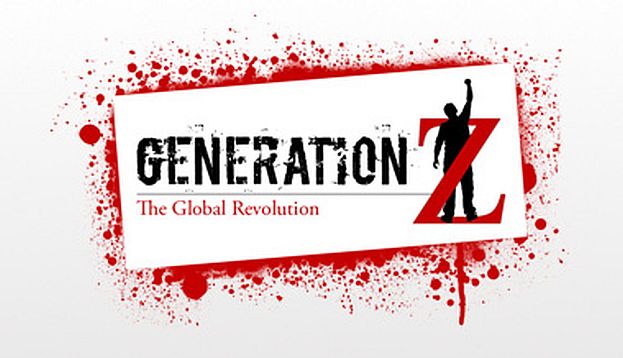The American population has seen a huge shift with the growth of Generation Z, with up to 25 percent thus far — and possibly growing further. Even though they can barely speak English, they’re still a massive audience, and yet one that many marketers seem to ignore.
Sparks & Honey has released a new report called Meet Generation Z that explores why this audience should, in fact, be crucial to marketers, since it provides a comprehensive look at the group, aged 0-19, which, again, occupies a huge chunk of the U.S. audience.
The first of the five charts, Generational Population Breakdown, shows just how much of a portion the Generation occupies compared to Millennials (who are second place with 24.5 percent), Baby Boomers (23.6 percent), and Gen X. Swing/Silent are also measured, as you can see below. (Note there’s an error on the chart; Baby Boomer age range should be from 50-68.)

Next up is Daily Device Usage, which measures just how many people are using electronic items on a daily basis. Cell/mobile units continue to lead the pack with 76 percent in the 13-17 year old bracket, while TV is closely behind in second place. The tablet and e-Reader, however, fall to the bottom of the chart.

Then there are Purchase Decisions that are made by a Gen-Z audience, and Toys obviously lead the pack with 84 percent, while Apparel, Dinner Menu and Entertainment are closely behind with 74, 73 and 69 percent. Meanwhile, family cars hold little importance at 29 percent, because kids will be kids.

Next up is annual spending by generation, and this is probably the statistic where most people overlook Gen Z, as they sit at the very bottom with 44 billion, compared to 2,000 billion by Baby Boomers. That said, there’s still a very significant spending number there, and certain marketers can still take advantage of it.

Finally, social media usage over time shows that Facebook led at one point, back in fall 2012, but as of late, it’s nearly running neck and neck with Instagram, while Twitter leads by a small margin. No doubt Gen Z folks are taking advantage of said networks.

In all, marketers may want to pay better attention to the Generation Z audience. It’s small, yes, but making a larger impact than possibly imagined.
Source: Digiday

